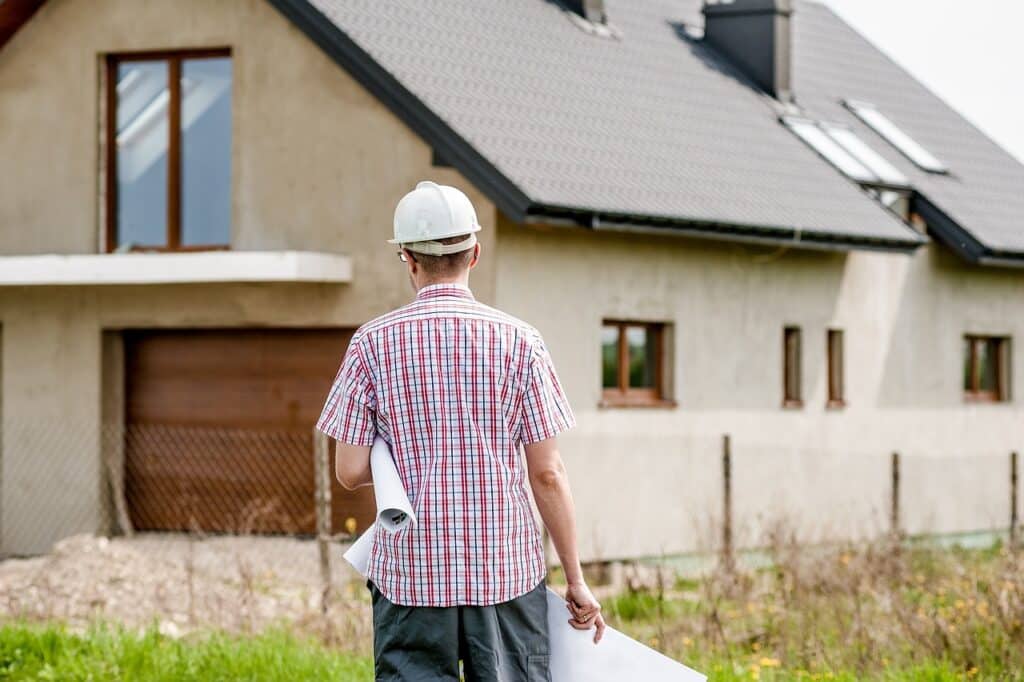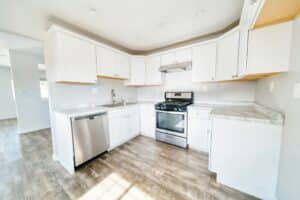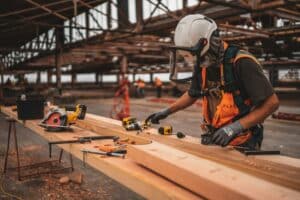Building your dream home in Thailand is an exciting journey, but it can be a costly one too. However, with some smart planning and strategic decisions, you can build a beautiful home without breaking the bank. From choosing the right location to making smart design choices, there are plenty of ways to cut costs without compromising on quality.
One of the first steps in saving money is selecting an affordable location. Evaluating land costs, local regulations, and proximity to utilities are crucial factors that can significantly impact your budget. By considering these elements early on, you can avoid unexpected expenses and delays down the line.
Designing a cost-effective home doesn’t mean you have to sacrifice style or comfort. By simplifying your home design and selecting budget-friendly materials, you can create a space that meets your needs and stays within budget. Efficient use of space and thoughtful design choices can also help you save money both during and after the construction process.
Effective budget management is key to keeping your construction project on track. Setting a realistic budget, prioritizing essential expenses, and keeping an eye on ongoing costs ensures that you don’t overspend. With careful planning and vigilant monitoring, you can make your home-building experience both enjoyable and affordable.
Choosing the Right Location
Choosing the right location is a critical step in building your home in Thailand. Evaluating land costs and infrastructure is the first thing to do. Look for areas where land prices are reasonable but still offer good infrastructure. This means checking for access roads, availability of utilities like water and electricity, and internet connectivity. A well-connected area can save you a lot of money in the long run, as it reduces additional costs for setting up these essentials.
Considering local regulations and permits is also important. Each area in Thailand has different rules and requirements for building permits. Make sure you understand what permissions are needed before you purchase land. Failing to get the right permits can result in fines and construction delays. Consulting with local authorities or a knowledgeable builder can help you navigate these regulations smoothly.
Assessing the proximity to utilities and amenities adds both convenience and value to your home. Being close to schools, hospitals, markets, and public transportation can make daily life easier. Moreover, it increases the resale value of your property. Evaluate the distance to essential services to ensure that you’re not too far from everything you need. This can save time and money on commuting and other day-to-day activities.
Smart Design Choices for Saving Money
Making smart design choices is another way to save money while building your home in Thailand. Simplifying the home design is a good place to start. Opt for a straightforward, functional layout rather than an intricate design that might look stunning but cost a lot more. Simple designs use fewer materials and less labor, reducing overall construction costs. Also, avoid unnecessary architectural elements like excessive corners and complex rooflines, which can be expensive.
Opting for cost-effective materials can also make a big difference. Materials like concrete blocks, steel, and locally-sourced wood are usually more affordable and readily available. Avoid importing expensive materials that can inflate your budget. Look for alternatives that provide durability at a lower cost. Sometimes, recycled or reclaimed materials can also be used, which are both eco-friendly and budget-friendly.
Utilizing space efficiently ensures that you get the most out of your investment. Instead of building a large house with unused rooms, focus on creating multi-purpose spaces. Open floor plans can make living areas feel more spacious without actual additional square footage. Think about storage solutions that maximize your space, like built-in cabinets and shelves. Efficient use of space can save you money on construction and future maintenance costs.
Effective Budget Management
Effective budget management is crucial when building your home in Thailand. Setting a realistic budget from the start helps you avoid unexpected financial stress. Begin by listing all the potential expenses, from land purchase to construction costs, permits, and furnishings. Get quotes from several contractors to understand the price range and better estimate your costs. Always add a buffer for unforeseen expenses. This allows you to plan properly without breaking the bank.
Prioritizing essential expenses ensures that you allocate your budget to the most important aspects of the project first. Focus on structural components and safety features, which are more costly to address later on. Allocate funds to areas that impact the long-term durability and functionality of your home. For items that are lower in priority or can be upgraded later, consider setting aside a smaller portion of your budget.
Monitoring ongoing costs throughout the project helps keep spending in check. Keep track of expenses and compare them to your budget regularly. This helps identify areas where you might be overspending and allows you to make adjustments promptly. Use budget management tools or spreadsheets to keep everything organized. By staying on top of your finances, you minimize the risk of financial surprises that could derail your project.
Cost-Saving Construction Techniques
Adopting cost-saving construction techniques can significantly cut down your overall expenses. Hiring local labor is one effective way to save money. Local workers often have a better understanding of the area, materials, and building requirements, which can lead to a more efficient construction process. Additionally, local labor tends to be more affordable compared to bringing in workers from other regions, reducing travel and lodging costs.
Phasing the construction process allows you to spread out expenses over time. This approach makes it easier to manage costs and resources without overwhelming your budget. Start by completing the most critical parts of the house, like the main structure and utilities. You can then finish less critical areas, like additional rooms or landscaping, as more funds become available. Phasing not only helps with cash flow but also allows for adjustments based on the evolving needs of your project.
Focusing on maintenance and long-term savings can also reduce costs in the long run. Invest in durable, low-maintenance materials that will require fewer repairs and replacements over time. Implementing energy-efficient solutions, like solar panels and rainwater harvesting systems, can reduce utility bills significantly. By making wise choices during construction, you set yourself up for lower maintenance costs and long-term financial savings.
Conclusion
Building a budget-friendly home in Thailand is achievable with the right strategies. By carefully selecting your location, making smart design choices, managing your budget effectively, and using cost-saving construction techniques, you can create a beautiful home without financial strain.
At CJ Samui Builders, we understand the importance of balancing quality construction services and cost. Our experienced team is ready to help you navigate the challenges of building in Thailand while ensuring that you stay within budget. Contact CJ Samui Builders today to start planning your dream home without breaking the bank!




